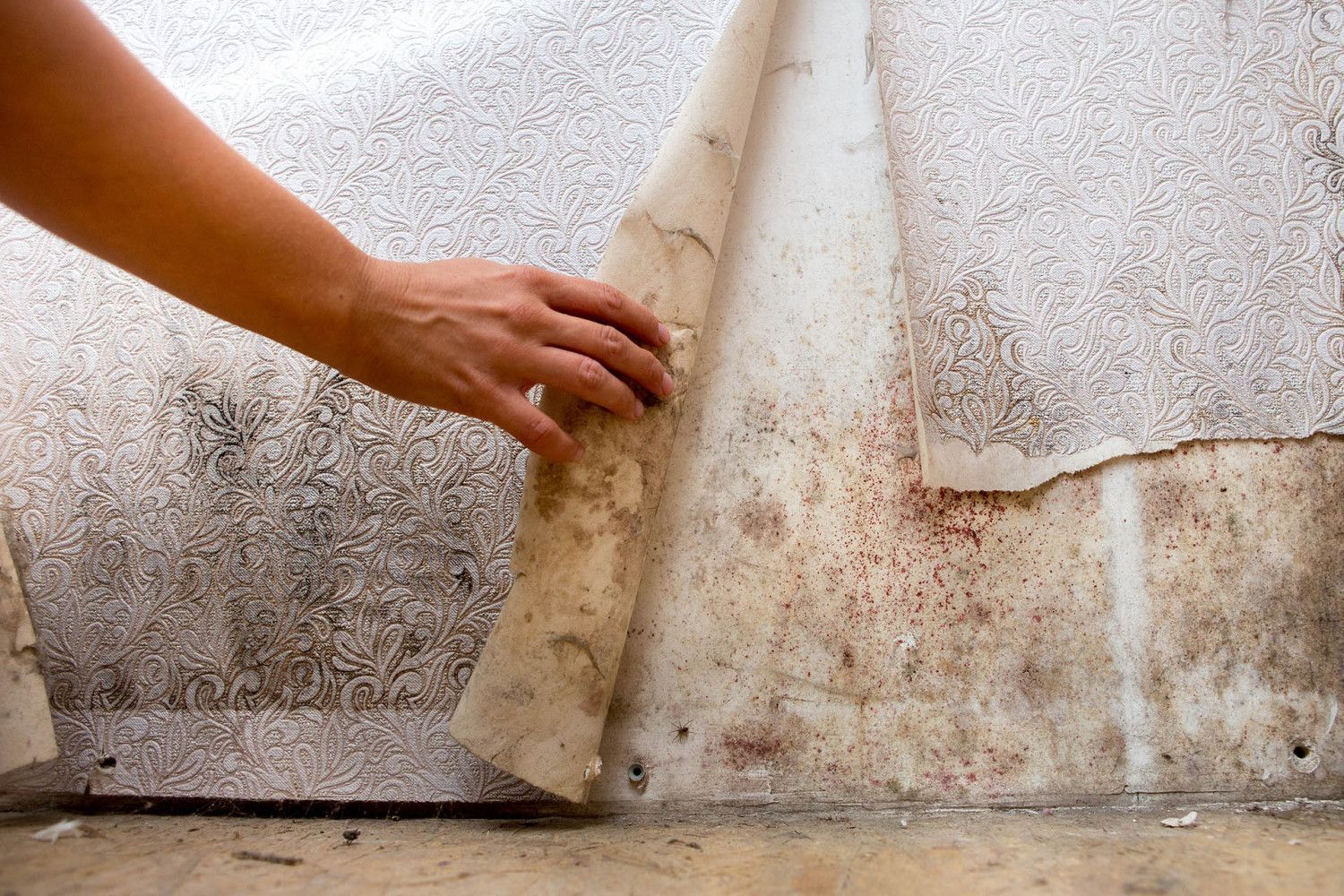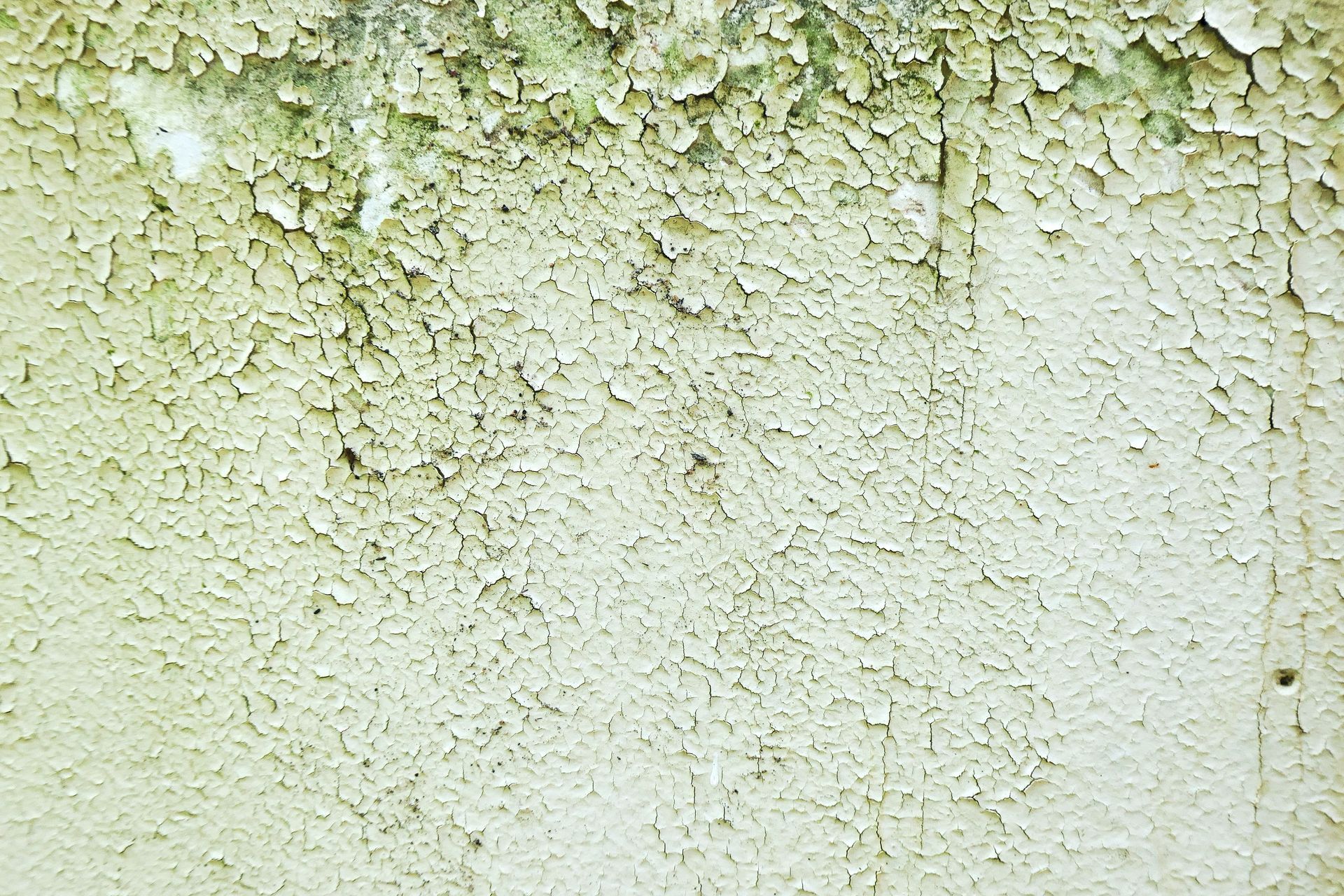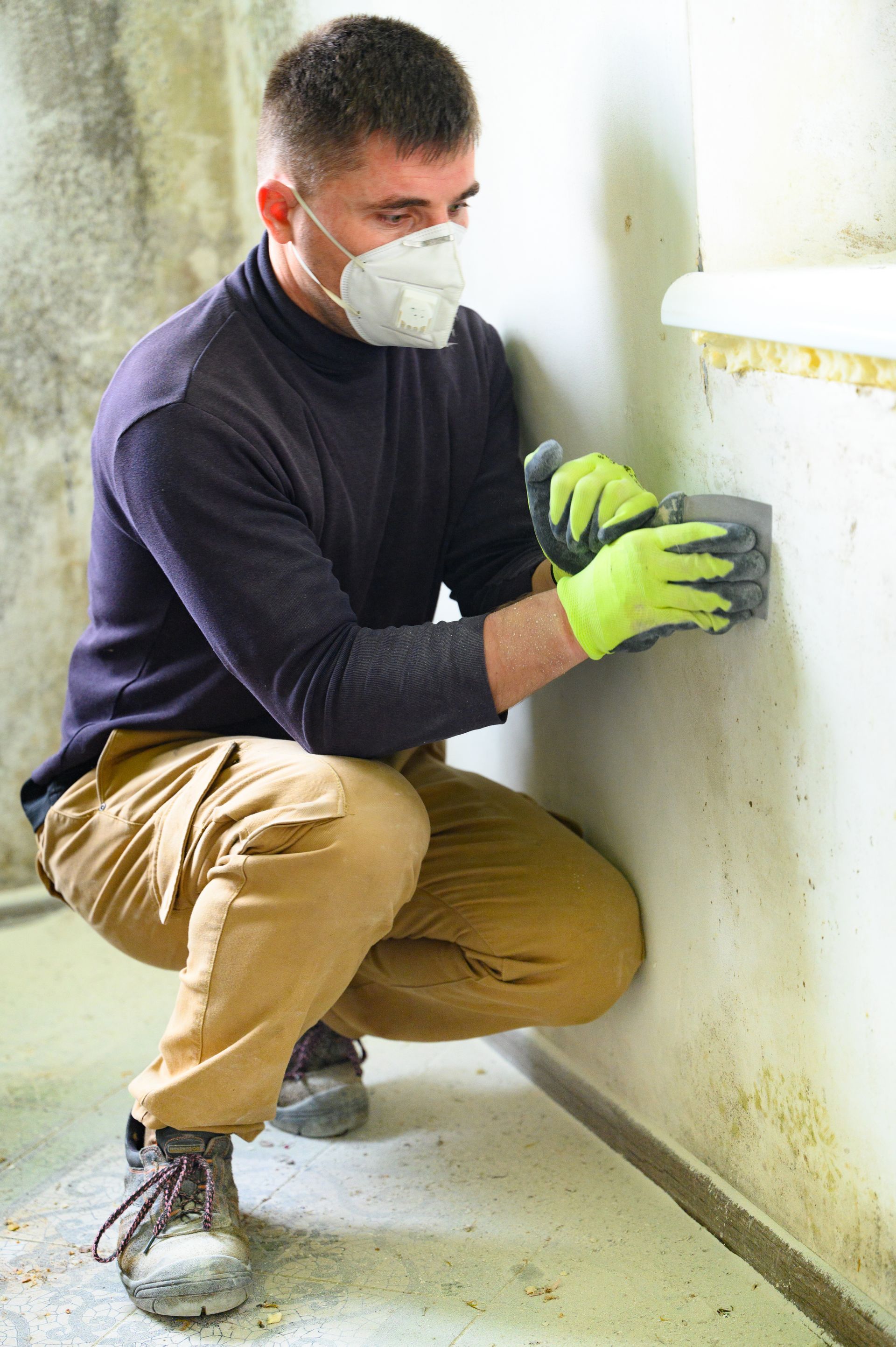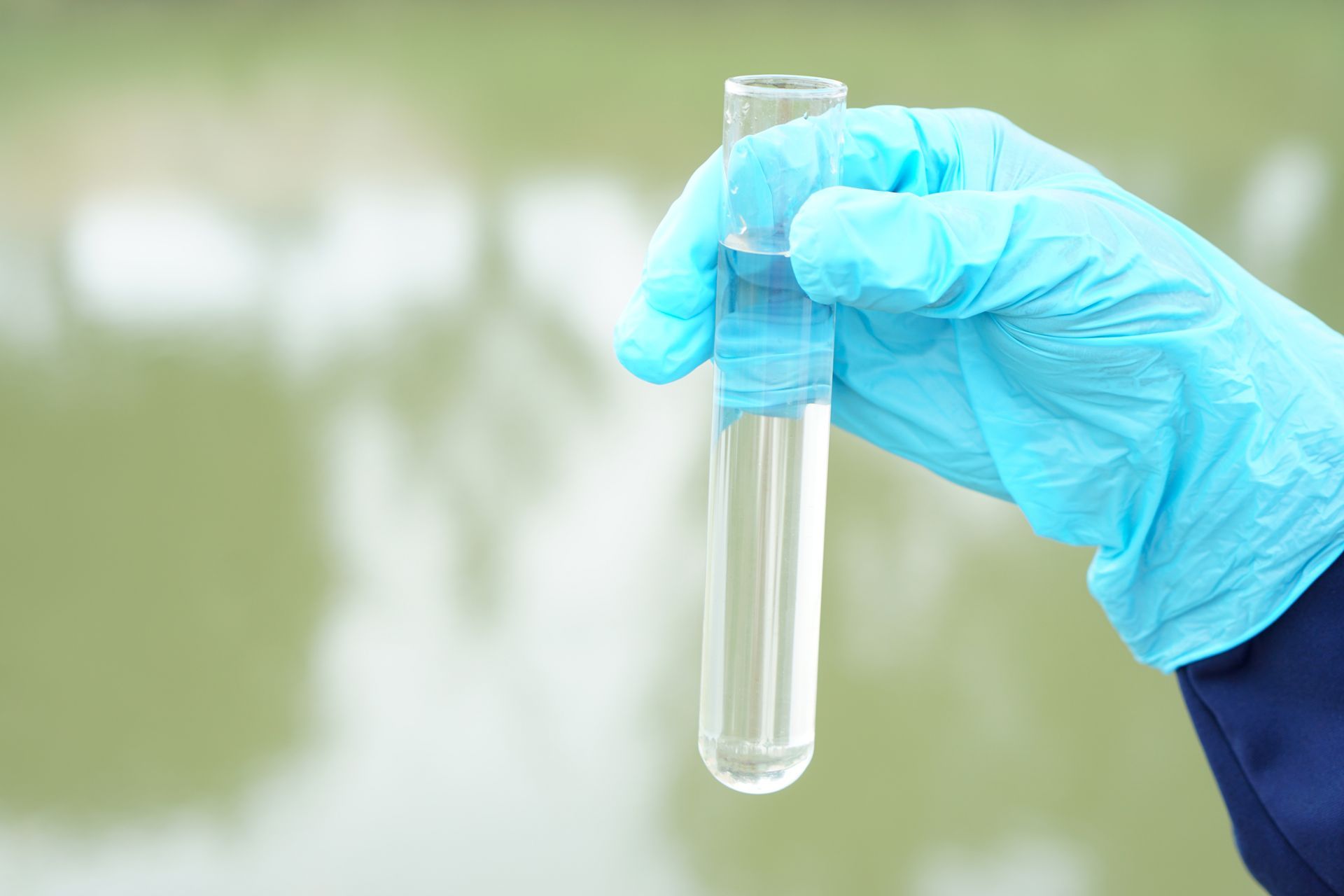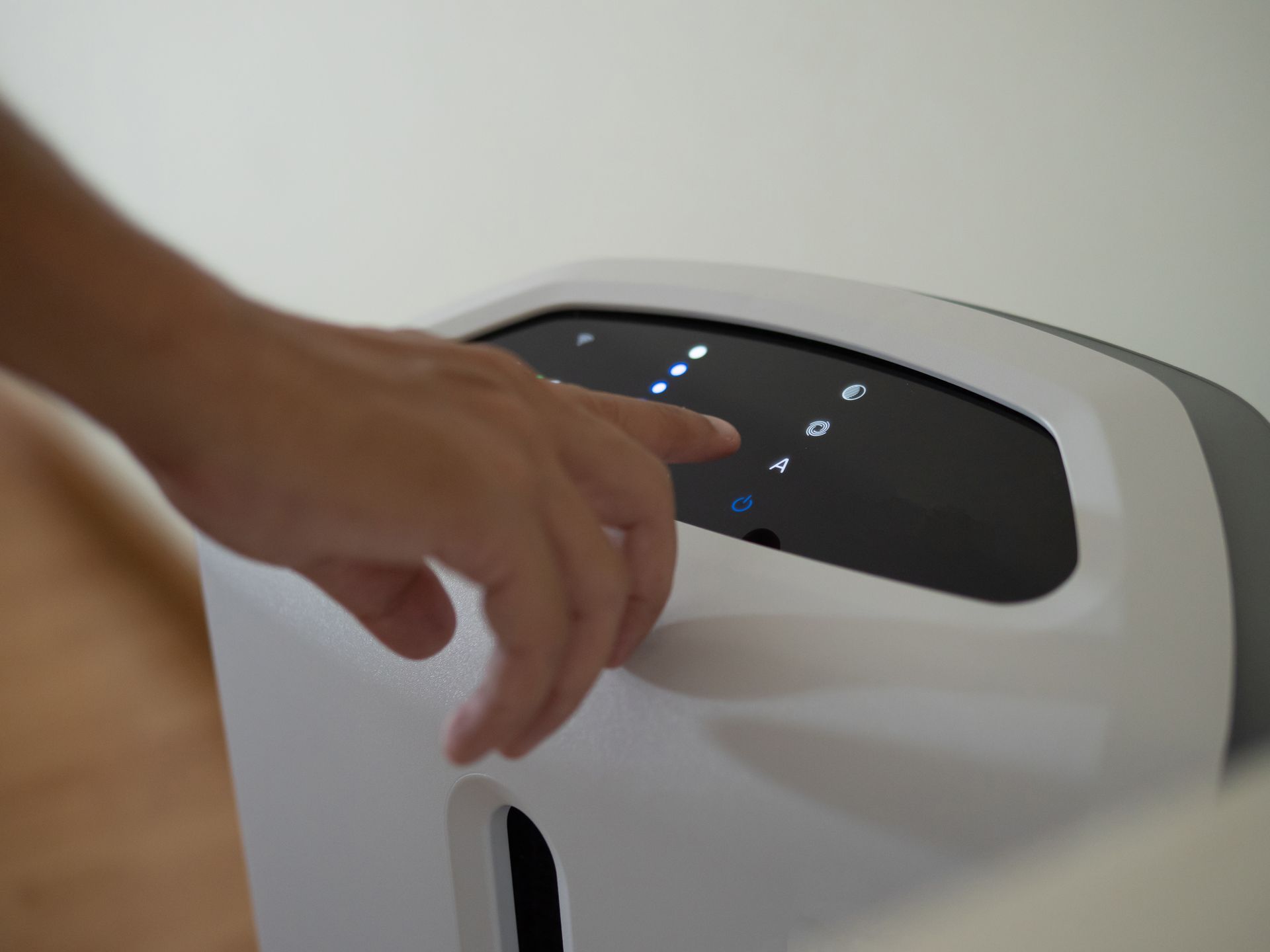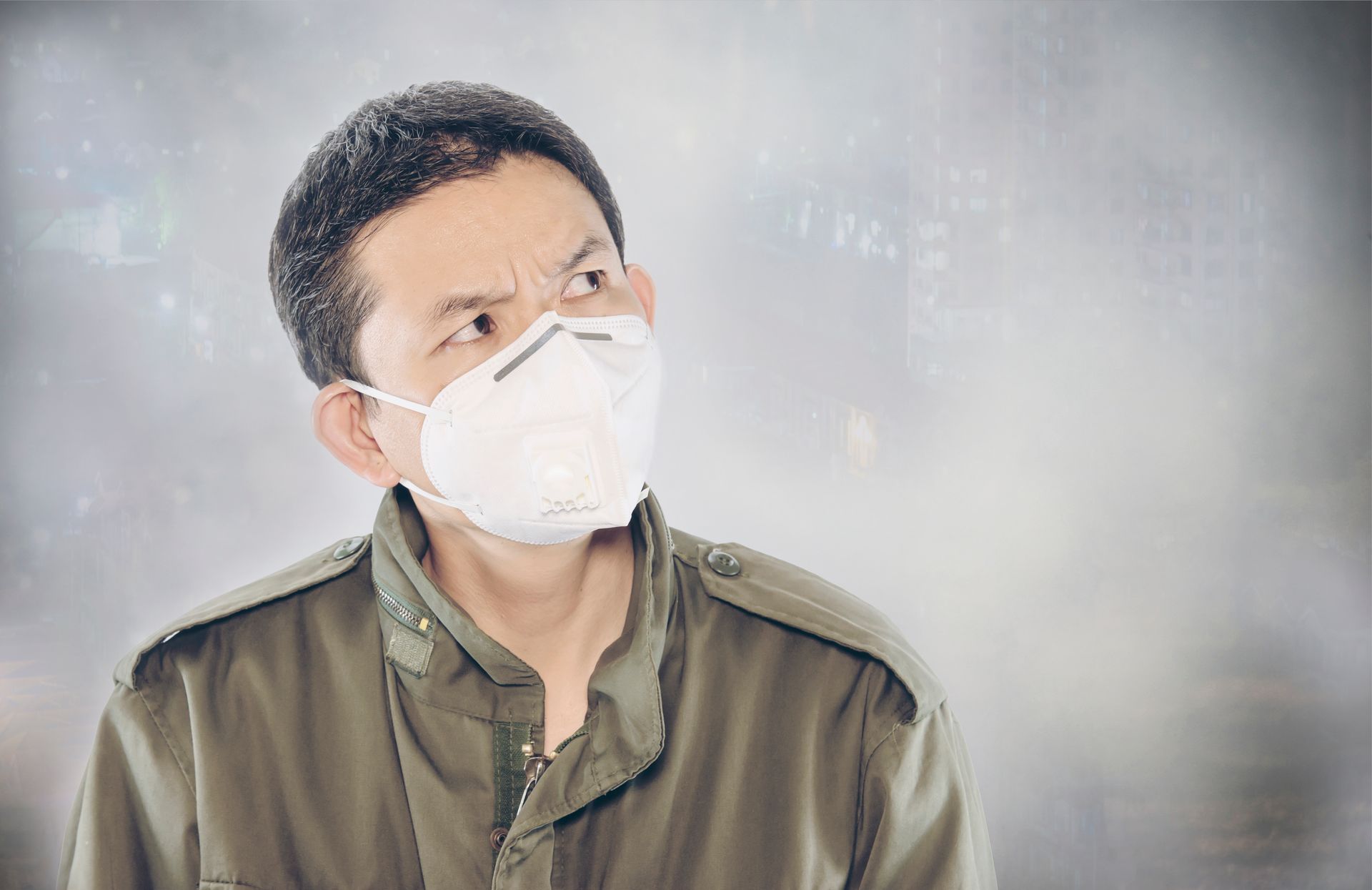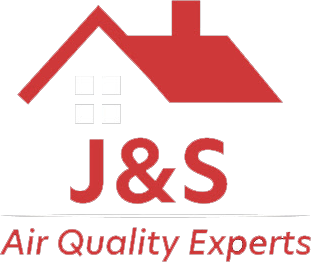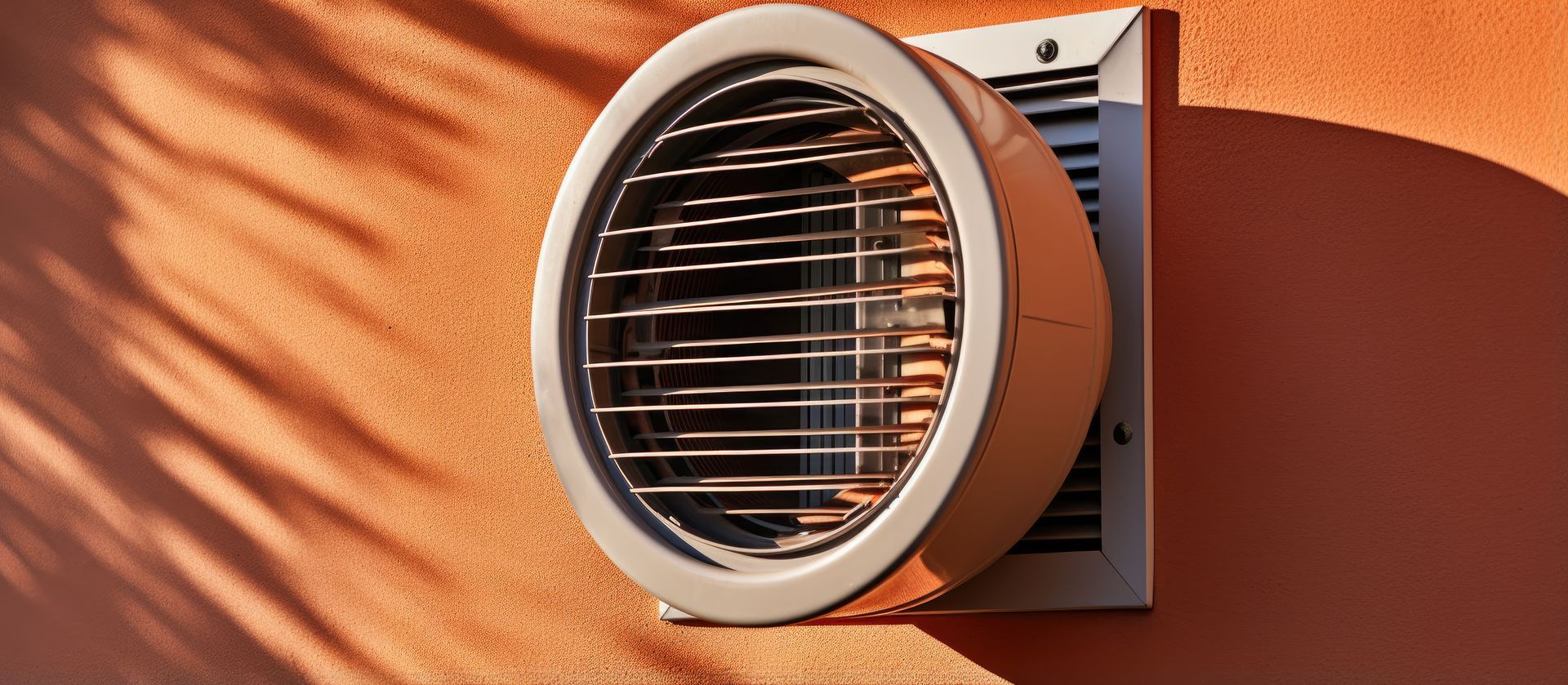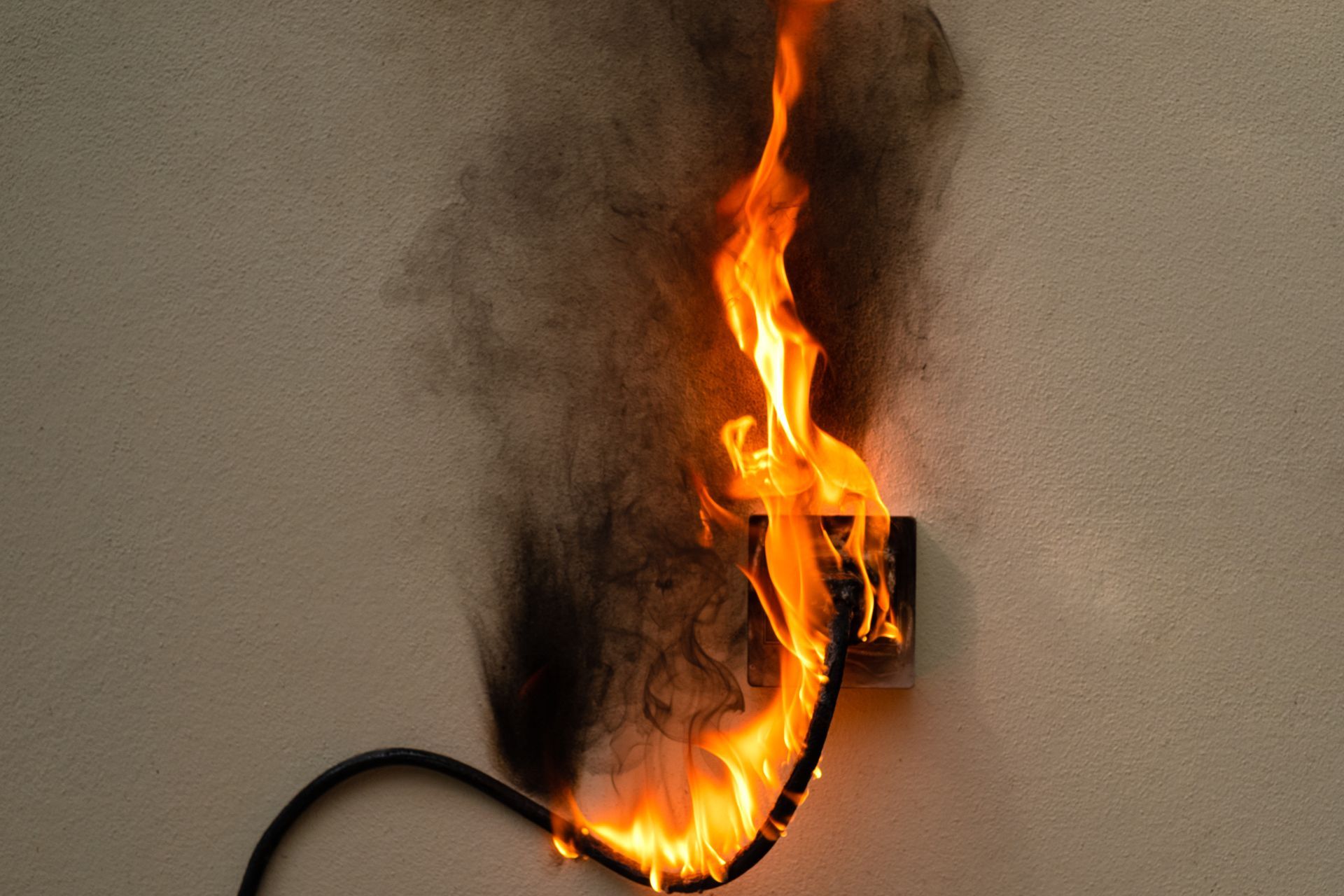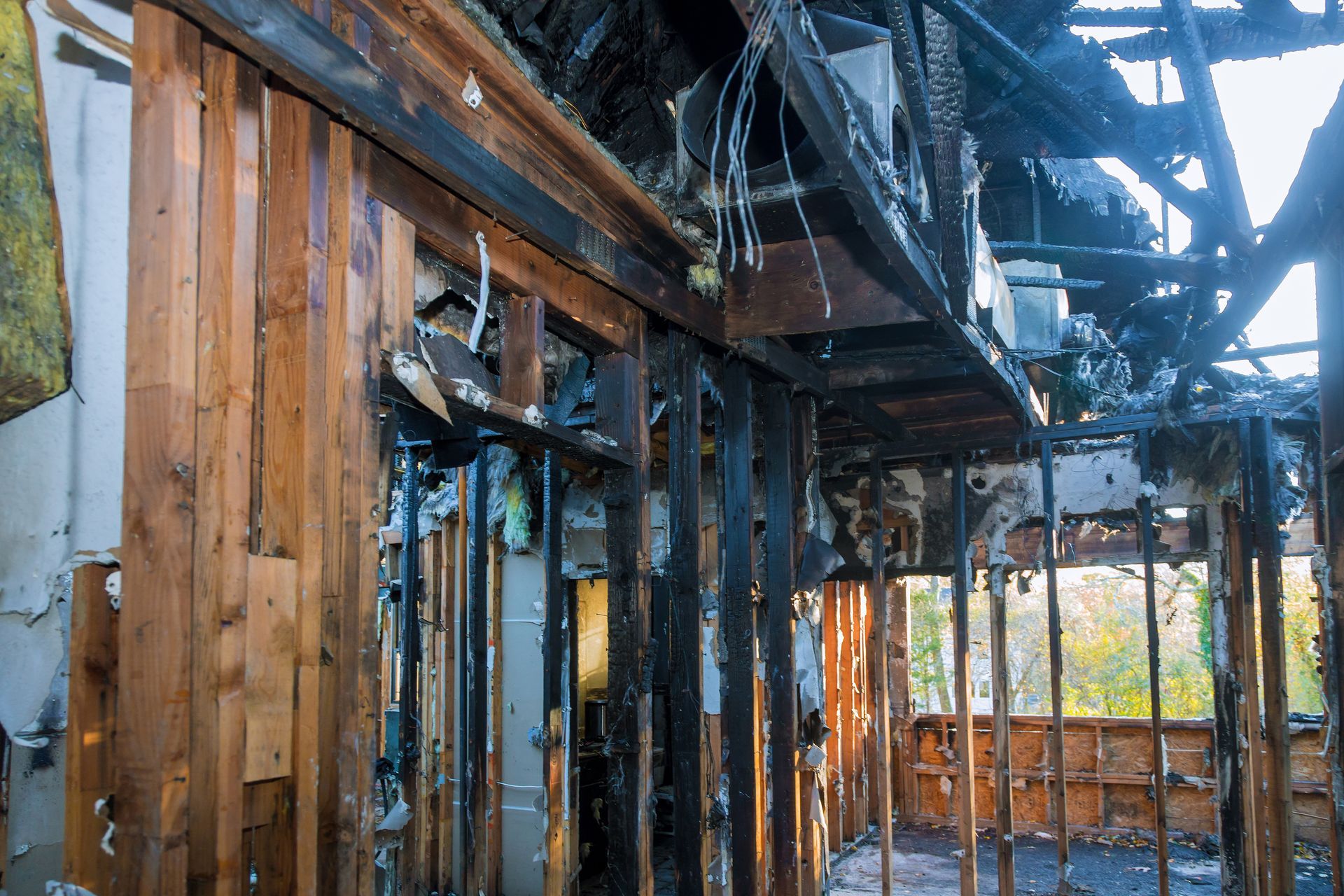J&S Air Quality Experts
Top Signs Your Home Needs Mold Testing: Don’t Ignore These Warning Signs
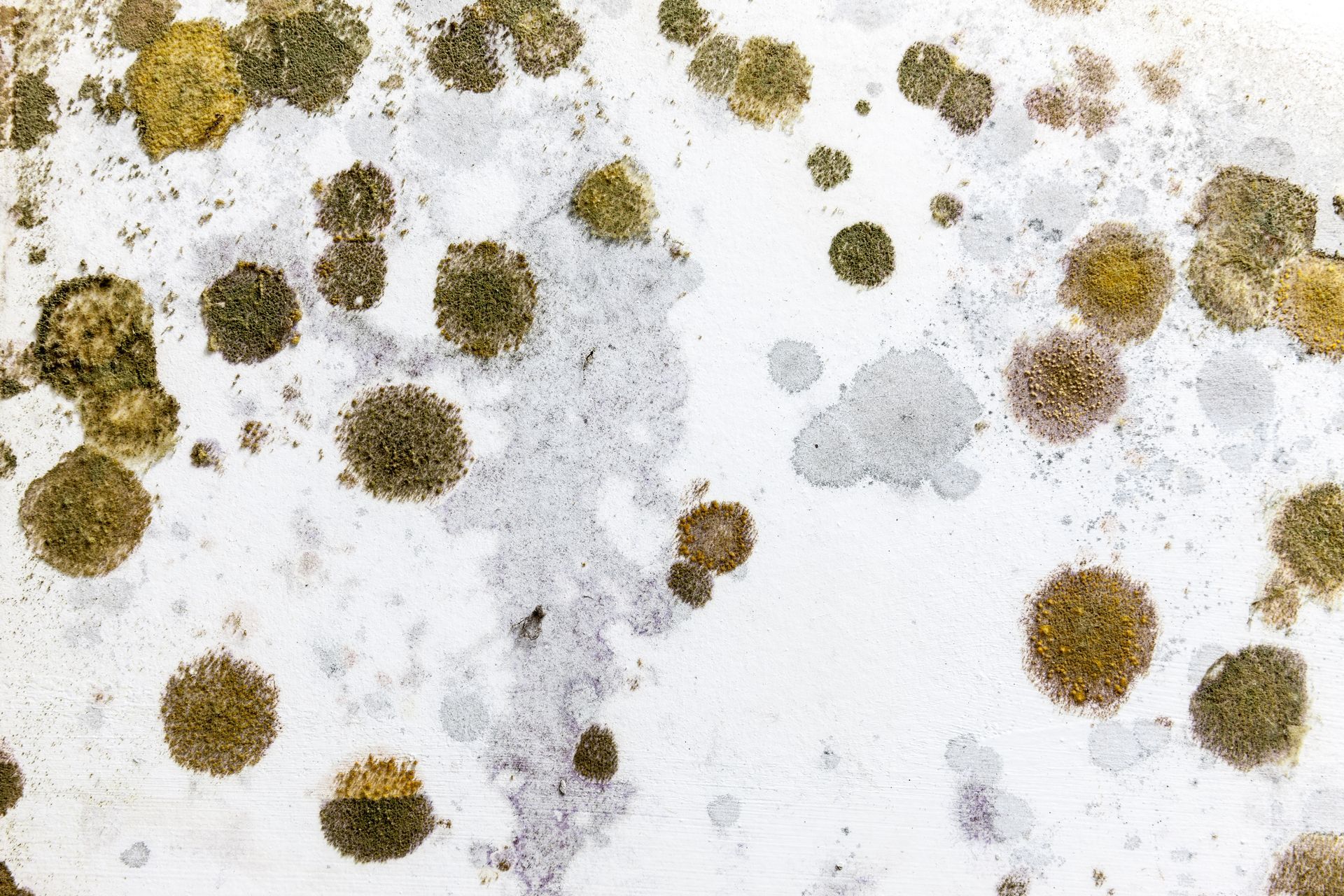
Slide title
Write your caption hereButton
Mold is an insidious problem that can affect the health of your family, the structural integrity of your home, and your overall well-being. Particularly in humid climates like Palm Bay, FL, mold can develop quickly and spread throughout your home without you even realizing it. Ignoring the signs of mold can lead to serious health issues and expensive home repairs. In this blog post, we’ll explore the top signs that indicate your home may need mold testing and why taking prompt action is essential. By the end, you’ll understand the importance of professional mold testing and how it can protect both your home and your health.
1. Musty Odors: A Tell-Tale Sign of Hidden Mold
One of the most common indicators of mold in your home is a persistent musty odor. This smell is often described as earthy, damp, or similar to the scent of wet socks. The odor is usually strongest in areas where mold is actively growing, such as basements, bathrooms, and kitchens. However, the smell can also permeate other parts of your home if the mold has spread through the HVAC system.
- Why Musty Odors Matter: Mold releases volatile organic compounds (VOCs) as it grows, which are responsible for the characteristic musty smell. While not all musty odors are caused by mold, the presence of this smell should prompt further investigation, especially if it persists despite cleaning and ventilation.
- What to Do: If you notice a musty odor in your home, it’s crucial to have a professional mold inspection. Mold can be hidden behind walls, under carpets, or in other hard-to-reach places, making it difficult to identify without the proper tools and expertise.
2. Visible Mold Growth: Don’t Underestimate the Spread
Visible mold growth is a clear sign that your home has a mold problem. Mold can appear in various colors, including black, green, white, and even pink. It often starts as small spots but can quickly spread across surfaces like walls, ceilings, and floors.
- Where to Look for Visible Mold: Common areas where mold grows include bathrooms (especially around showers and sinks), kitchens, basements, and anywhere with water damage. Mold can also develop in less obvious places, such as behind wallpaper, under carpeting, and inside air ducts.
- Why Visible Mold Is a Red Flag: The presence of visible mold often indicates a larger, hidden mold problem. Even if the visible mold is limited to a small area, the spores can spread throughout your home, leading to more extensive contamination.
- What to Do: If you see mold in your home, it’s important to address it immediately. A professional mold testing service can assess the extent of the problem and determine the best course of action for remediation.
3. Water Damage and Leaks: The Perfect Breeding Ground for Mold
Water damage and leaks are major contributors to mold growth. Whether it’s from a burst pipe, a leaking roof, or flooding, any area that has been exposed to moisture is at risk for mold development.
- Signs of Water Damage: Look for discoloration on walls, ceilings, and floors, as well as peeling paint, bubbling wallpaper, and warping of wood surfaces. These are all indicators that moisture has penetrated the building materials, creating an ideal environment for mold.
- The Connection Between Water and Mold: Mold requires moisture to grow, so any area that remains damp for an extended period is susceptible to mold infestation. Even small leaks that go unnoticed can lead to significant mold problems over time.
- What to Do: If your home has experienced water damage or has ongoing leaks, it’s essential to have mold testing performed. A professional can determine whether mold is present and recommend remediation strategies to prevent further spread.
4. Health Symptoms: When Mold Affects Your Well-Being
Mold exposure can lead to a variety of health symptoms, particularly for individuals with allergies, asthma, or weakened immune systems. Even if you don’t see or smell mold, your body may be reacting to its presence.
- Common Health Symptoms: Symptoms of mold exposure can include sneezing, coughing, nasal congestion, itchy eyes, skin rashes, and headaches. In more severe cases, individuals may experience shortness of breath, wheezing, or chronic sinus infections.
- Who’s at Risk: While anyone can be affected by mold, certain groups are more vulnerable, including children, the elderly, and those with preexisting respiratory conditions. If multiple members of your household are experiencing similar symptoms, it could be a sign of mold in your home.
- What to Do: If you or your family members are experiencing unexplained health issues, especially respiratory symptoms, consider having your home tested for mold. Mold testing can identify the type of mold present and its concentration, helping you take appropriate action to protect your health.
5. Condensation and High Humidity: Mold Loves Moisture
Condensation and high humidity levels in your home can create the perfect environment for mold growth. Mold thrives in damp conditions, so it’s important to monitor areas of your home that are prone to moisture buildup.
- Common Areas for Condensation: Windows, pipes, and walls in basements or bathrooms are common areas where condensation forms. If these areas remain wet for extended periods, mold can begin to grow.
- The Role of Humidity: High indoor humidity levels, particularly above 60%, can lead to mold growth on surfaces such as walls, ceilings, and furniture. Mold can also grow inside your HVAC system if humidity levels are not properly controlled.
- What to Do: Use dehumidifiers and ensure proper ventilation in areas prone to condensation and humidity. If you notice persistent condensation or high humidity, it’s a good idea to have your home tested for mold, especially in areas where moisture is common.
6. Recent Flooding or Storm Damage: A Serious Mold Risk
If your home has recently experienced flooding or storm damage, mold testing is essential. Floodwater can seep into walls, floors, and foundations, creating an ideal environment for mold to develop.
- Why Flooding Increases Mold Risk: After a flood, even if the visible water has been removed, moisture can remain trapped in building materials, leading to mold growth within 24 to 48 hours. Mold can spread rapidly in these conditions, making prompt action crucial.
- Signs of Mold After Flooding: Watch for signs of water damage, musty odors, and visible mold growth in areas affected by flooding. It’s also important to be aware that mold can develop in hidden areas, such as behind walls and under flooring.
- What to Do: If your home has been flooded or damaged by a storm, schedule a mold inspection as soon as possible. Mold testing can identify hidden mold growth and help you take the necessary steps to prevent further damage.
7. Previous Mold Problems: Recurrence Is Common
If your home has had mold problems in the past, it’s important to be vigilant about monitoring for signs of recurrence. Mold can return if the underlying cause was not fully addressed or if new moisture issues arise.
- Why Mold Can Return: Mold spores are always present in the air, and if conditions become favorable (i.e., moisture is present), mold can begin to grow again. Previous mold problems may also indicate that your home is particularly susceptible to mold growth.
- What to Watch For: Pay attention to areas where mold was previously found, as well as any new signs of moisture or water damage. If you’ve had a history of mold issues, consider regular mold testing as part of your home maintenance routine.
- What to Do: If you suspect that mold has returned, it’s essential to have your home tested. Professional mold testing can determine whether the mold has reappeared and guide you in taking the necessary steps to prevent a full-blown infestation.
Protect Your Home with Expert Mold Testing in Palm Bay, FL from J&S Air Quality Experts
Don’t ignore the warning signs of mold in your home. Whether you’ve noticed a musty odor, visible mold, or unexplained health symptoms, taking action now can save you from costly repairs and health issues down the road. At J&S Air Quality Experts, we specialize in professional mold testing services that accurately identify mold problems and provide you with the information you need to take corrective action.
Located in Palm Bay, FL, we proudly serve the local community and offer a comprehensive range of air quality services, including:
Call us today at
(321) 557-3163 to schedule your mold testing service and ensure your home is safe and healthy for your family.
FAQs
How often should I have my home tested for mold?
It’s a good idea to have your home tested for mold if you notice any signs of mold growth, after significant water damage, or if you’re experiencing unexplained health symptoms. Homes in humid climates like Palm Bay, FL, may benefit from regular mold testing as part of routine maintenance.
Can I test for mold myself, or should I hire a professional?
While DIY mold test kits are available, they may not be as accurate or comprehensive as professional mold testing. A professional can assess the entire home, identify hidden mold, and determine the type and concentration of mold spores present.
What are the health risks of living in a home with mold?
Mold exposure can lead to respiratory issues, allergies, skin irritation, and in severe cases, more serious health conditions such as asthma attacks and infections. Individuals with compromised immune systems, children, and the elderly are particularly at risk.
How long does mold testing take?
The duration of mold testing can vary depending on the size of your home and the extent of the mold problem. Generally, a thorough mold inspection and sampling process takes a few hours. Results from lab analysis may take a few days to a week, depending on the type of tests conducted and the laboratory’s processing time.
What happens after mold testing?
After mold testing, the results will determine the extent and type of mold present in your home. A professional will provide you with a detailed report, including recommendations for remediation and steps to address the mold problem. If mold is found, remediation may involve cleaning, removing contaminated materials, and addressing the source of moisture.
